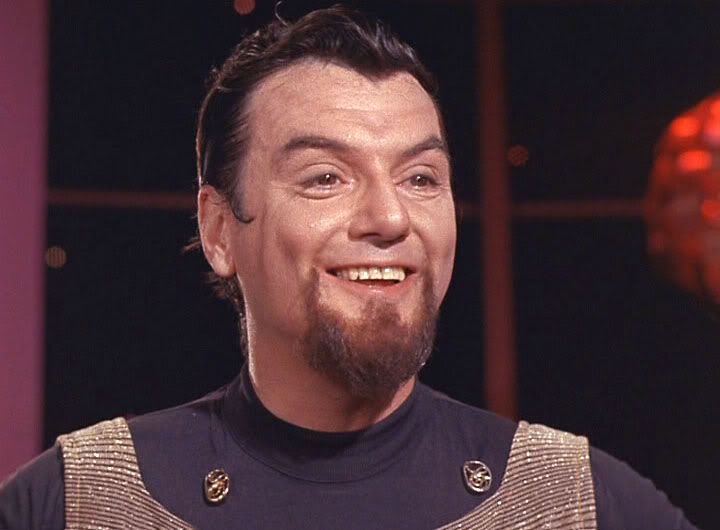I've often wondered about the lack of ethnic diversity among some of the major races we see on Star Trek. The most prominant examples of diversity I can think of are Vulcans, most obvious being Tuvok and I'm sure I've spotted an asian-Vulcan among others. The same goes for Bajorans, but I can't think of any major character examples. And then there's the two distinct types of Klingons, the difference depending on whether they were played by black or white actors (Maybe Martok and Gowrons' ancestors were from the higher latitudes and Worfs' ancestors were from the equatorial regions).
I'm sure that in some cases it can be explained away somehow, say, a planet has a concentrated population that doesn't make much way for diversity. Or there has been some kind of ethnic cleansing in their past (Which I've always thought would be a good explanation for Cardassians all looking the way they do, considering their nature).
I know the rationale behind it all is so the audience can easily identify which aliens are which... but if you had the chance, would you add a bit more variety among the races and in what way?
I've always thought it might've been cool to see a blonde, fair skinned Klingon... or Andorians who weren't all the exact same shade of blue.
I'm sure that in some cases it can be explained away somehow, say, a planet has a concentrated population that doesn't make much way for diversity. Or there has been some kind of ethnic cleansing in their past (Which I've always thought would be a good explanation for Cardassians all looking the way they do, considering their nature).
I know the rationale behind it all is so the audience can easily identify which aliens are which... but if you had the chance, would you add a bit more variety among the races and in what way?
I've always thought it might've been cool to see a blonde, fair skinned Klingon... or Andorians who weren't all the exact same shade of blue.



 ), etc., but biological diversity depends as much upon geological diversity as anything, and if the inhabitants of an alien world all live in a homogeneous environment, regardless of geography, they could easily appear to be superficially identical, biologically, to an untrained observer.
), etc., but biological diversity depends as much upon geological diversity as anything, and if the inhabitants of an alien world all live in a homogeneous environment, regardless of geography, they could easily appear to be superficially identical, biologically, to an untrained observer.


